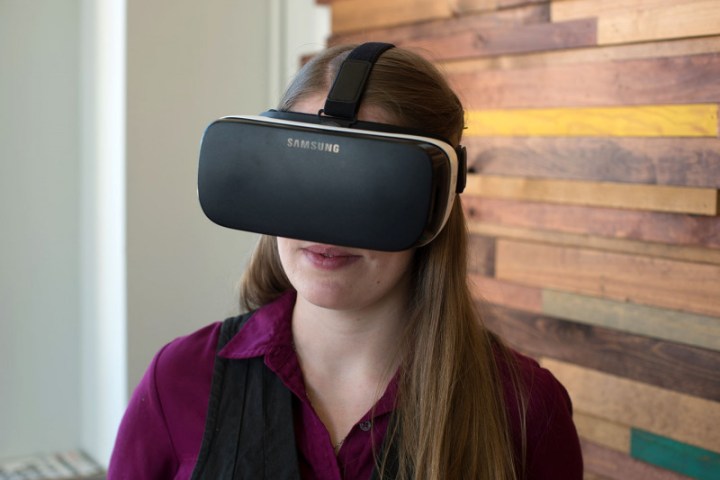
Initially, people frequenting the Reddit Galaxy S7 discussion board complained about battery drain on the Galaxy S7, with one in particular seeing the battery discharge from 100 percent to 30 percent in three hours. We also saw a similar problem with our own Galaxy S7 Edge, with the battery going from 70 percent to 11 percent in about the same time. The device was also warm, bordering on hot, to the touch.
This was following an Oculus app update, which was identified as the possible cause of the problem by Reddit, and after the app was uninstalled, the problems ceased. Various phones are mentioned in the thread, including the Galaxy S7 and S7 Edge, along with the older Galaxy S6. However, the problem doesn’t seem to be universal.
What can be done if you’ve noticed a problem? Over at Oculus, a thread on the community discussion board includes some input from an Oculus staff member. After confirming it was aware of the problem, a solution was offered. “You just need to uninstall Oculus Home first, then Oculus Rooms (in that order) and then re-dock your phone.” This prompts the latest, fixed software to be reinstalled. If you have already uninstalled Oculus and are struggling to reinstall the software, other instructions can be found here.
On our Galaxy S7 Edge, an Oculus update pushed itself through when the app was opened, and seems to have solved the problem without uninstalling any apps, so try this first. Additionally, as a precaution, make sure all other installed apps are up to date by visiting the Google Play Store.
Samsung hasn’t been having much luck lately, and no-one wants to hear about more of its phones getting unnecessarily hot. In this case though, it seems like there’s a simple solution.
Editors' Recommendations
- You won’t believe how I improved my phone’s battery life
- Samsung brings the Galaxy S23’s new software to older phones
- Samsung’s One UI 5 beta is already available for some Galaxy S22 owners
- Samsung addresses report of exclusive chipset for 2025 Galaxy phones
- Samsung Galaxy Tab S8 vs. Samsung Galaxy Tab S7




